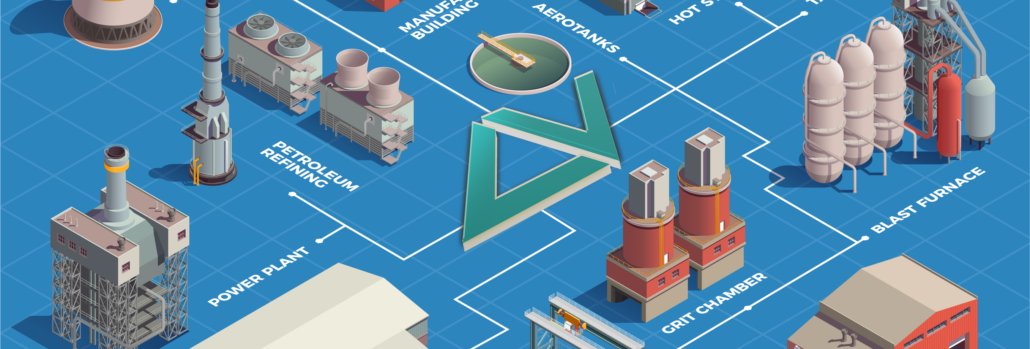Valves are key parts in systems that control the flow of fluids. They are used in many different fields and for different uses. Yet, the terminology around valves can be confusing. This guide will help you understand key valve terms in a simple way.
PARTS OF A VALVE :
- Valve Body: The main part that holds the inside pieces of the valve. It also allows fluids to flow through it.
- Seat: The area where the valve closes to stop fluids from moving.
- Disc or Ball: The piece that moves to open or close the valve, controlling the fluid.
- Stem: The rod that connects the actuator to the moving pieces inside the valve.
HOW VALVES WORK :
- Open Position: When the valve is open and fluid can flow.
- Closed Position: When the valve is closed and stops fluid from flowing.
- Lift: How far the disc or ball moves up from its seat when open.
- Stroke: The full range of movement for the disc or ball.
TYPES OF VALVES :
- Gate Valve: Uses a gate-like disc to control fluid. Fully open means no blocks, fully closed means no leaks.
- Ball Valve: Uses a ball to control fluid. Quick to turn on or off and fits many uses.
- Butterfly Valve: Has a disc that spins like butterfly wings to control fluid.
- Globe Valve: Uses a disc that moves up and down, for very controlled flow.
- Check Valve: Only lets fluid move in one direction and stops it from going back.
![]()
HOW VALVES ARE CONTROLLED :
- Manual Valve: You control it by hand.
- Electric Valve: Controlled by an electric motor for precise action.
- Pneumatic Valve: Uses compressed air for quick and efficient control.
- Hydraulic Valve: Controlled by fluid pressure, good for high-power needs.
THINGS TO KNOW ABOUT VALVES :
- Flow Rate: How much fluid goes through the valve in a certain time.
- Pressure Drop: The decrease in fluid pressure because of the valve.
- Cv Value: A number that tells you how well the valve works at a specific pressure drop.
- Leakage Rate: How much fluid leaks through when the valve is closed.
CONCLUSION :
Understanding the terms used to talk about valves helps you make better choices and use them more effectively. Whether you’re a professional or just interested, this guide gives you the tools to understand the world of valves.


